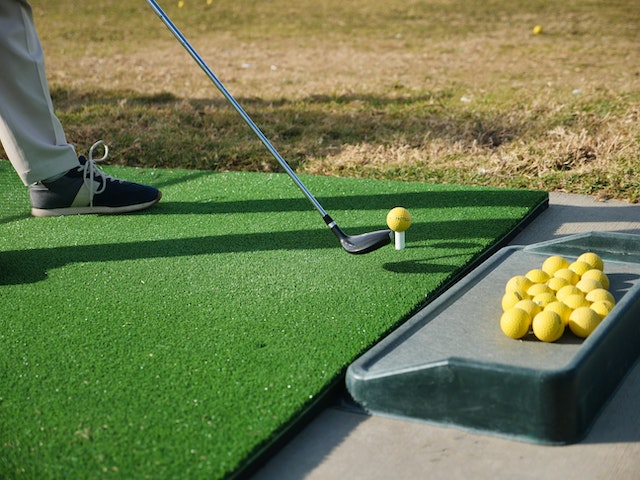In the quest to create innovative and safer playgrounds for future generations, one game-changing element is creating a lot of buzz – artificial turf. As urban landscapes continue to evolve, artificial turf in Utah has gained recognition as an environmentally friendly, low-maintenance, and long-lasting solution for playgrounds.
The Evolution of Playground Surfacing
Playgrounds have traditionally been synonymous with natural grass, sand, or woodchips. Although offering a certain charm, these options come with their share of concerns – from uneven surfaces causing injuries to maintenance headaches like mowing and watering in the case of natural grass.
Artificial turf is emerging as a clear favorite for tomorrow’s playgrounds due to its many benefits. Not only does it provide a lush, green look all year round, but it also stands up to heavy use and diverse weather conditions – a much-needed attribute for Utah’s climate that ranges from scorching summers to snowy winters.
The Safety Factor
The safety it promises is a significant motivation behind the move to artificial turf. Modern synthetic turfs are made of soft, cushiony materials less likely to cause injury upon impact. This provides peace of mind for parents and playground operators alike, knowing that the risk of scrapes, bruises, or worse injuries is significantly reduced.
Moreover, artificial turf is non-toxic and allergen-free, making it an ideal choice for children with allergies, a concern increasingly recognized in a health-conscious society.
Environmentally Friendly Playgrounds
Another compelling reason for the rising popularity of artificial turf is its environmental sustainability. Unlike natural grass, it does not require water, fertilizers, or pesticides. Considering the arid climate of Utah, this significantly conserves water, a valuable resource in the state.
Moreover, artificial turf in Utah can be recycled at the end of its life, reducing landfill waste and contributing to a circular economy. This aspect aligns well with Utah’s focus on environmental conservation, a state known for its awe-inspiring natural landscapes and national parks.
Building on Local Aesthetics
In Utah, there’s a unique opportunity to weave artificial turf into the local aesthetic. Spectacular natural features, such as the red-rock formations in Arches National Park and the snow-capped peaks of the Wasatch Range, characterize Utah’s landscapes. New playground designs could incorporate color palettes and patterns inspired by these natural wonders, providing a blend of local touch and modernity.
The Challenges Ahead
While artificial turf offers many advantages, it’s not without its challenges. Concerns about its heat absorption properties have been raised, which can make it hotter than natural grass in high temperatures. However, new technologies are being developed to reduce heat absorption and make it more comfortable during Utah’s hot summers.
Moreover, there’s an ongoing need for rigorous testing to ensure that the materials used in artificial turf meet the highest safety standards, given the paramount importance of children’s health and wellbeing.
Conclusion
Designing tomorrow’s playgrounds goes beyond just play structures. It encompasses creating safer, sustainable, and aesthetically pleasing environments. The rise of artificial turf signifies a significant leap toward this vision. As the children of Utah play against the backdrop of their beautiful state, artificial turf promises a sustainable future where play and nature harmoniously coexist. With an emphasis on safety, sustainability, and local aesthetics, the future playgrounds are poised to revolutionize your perception of public spaces, gradually transforming them by incorporating synthetic grass blades.

